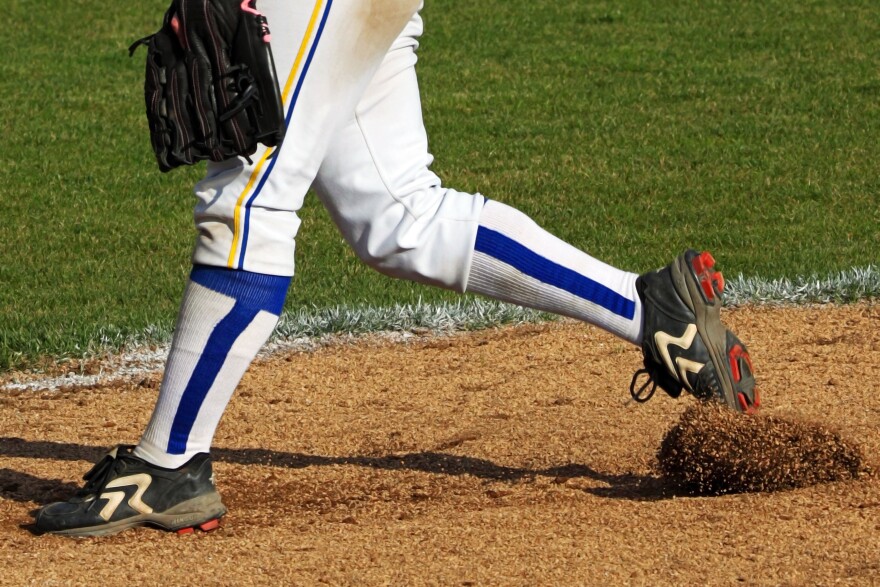Participating in school sports is a great way for children to stay healthy. But the benefits go far beyond that. Kids who participate in sports have higher academic achievement, lower dropout rates and they develop skills like decision making, communication, team work and time management.
Unfortunately, team sports are a luxury many kids don't have access to. More than half of U.S. public school students are poor enough to qualify for free or reduced-priced lunch, which often means their families can't afford the costs of participating in these activities.
Nearly 1 in 5 lower-income parents report costs forced their children to cut back on sports, according to a national poll from the University of Michigan:
Overall, 61% of children playing middle or high school sports were charged a pay-to-play fee. The average fee was $93, according to the poll respondents, but 21% of children faced a pay-to-play fee of $150 or more. However, pay-to-play fees are only one component of the school sports costs reported by parents. Including equipment, uniforms and additional team fees, the average cost for a child’s sports participation was $381.
A study from Pew Research Center also found that parents with higher incomes are more likely to report that their children participate in various sports. According to Pew:
Among parents with an annual family income of $75,000 or higher, 84% say their children participated in sports or athletic activities in the 12 months prior to the survey…By contrast, some 59% of parents with annual incomes of less than $30,000 say their children participated in sports.
Federal data shows African-American and Hispanic children are more likely to attend high-poverty schools than their white counterparts. And the number of public schools that are majority-minority nearly doubled between 2000 and 2014, accounting for 16% of all public K-12 schools, according to the U.S. Government Accountability Office.
These schools offer disproportionately fewer math, science, and Advanced Placement courses; have higher rates of suspension and expulsion; and have higher concentrations of inexperienced teachers, according to U.S. Department of Education civil rights data. And resource inequalities extend into athletics, with school districts often making decisions to consolidate or eliminate sports programs.
Lack of sports opportunities is particularly worse for girls of color. Forty percent of heavily minority schools have large gender inequality in athletics, compared to just 16% of heavily white schools, according to a report from the National Women's Law Center:
Girls of color are finishing last when it comes to opportunities to play sports in school and missing out on the lifelong benefits that accompany athletic participation. While the playing field is far from level for girls in general, it is particularly uneven for girls in heavily minority schools. Tackling the problem will require policymakers at all levels—federal, state, and local—and communities to work together to increase opportunities for girls of color to play sports and be physically active. Doing so is not only required by law, but is also a critical investment in their future.
As I've told you previously, children can benefit well into adulthood from participation in extracurricular activities. Socioeconomic status should not determine who gets this head start in life and who is denied. Bob Cook is a contributor for Forbes Magazine. He wrote:
The default position should be for anyone in sports -- administrators, coaches, leagues -- to find ways to get kids who want to play, able to play, regardless of income.




